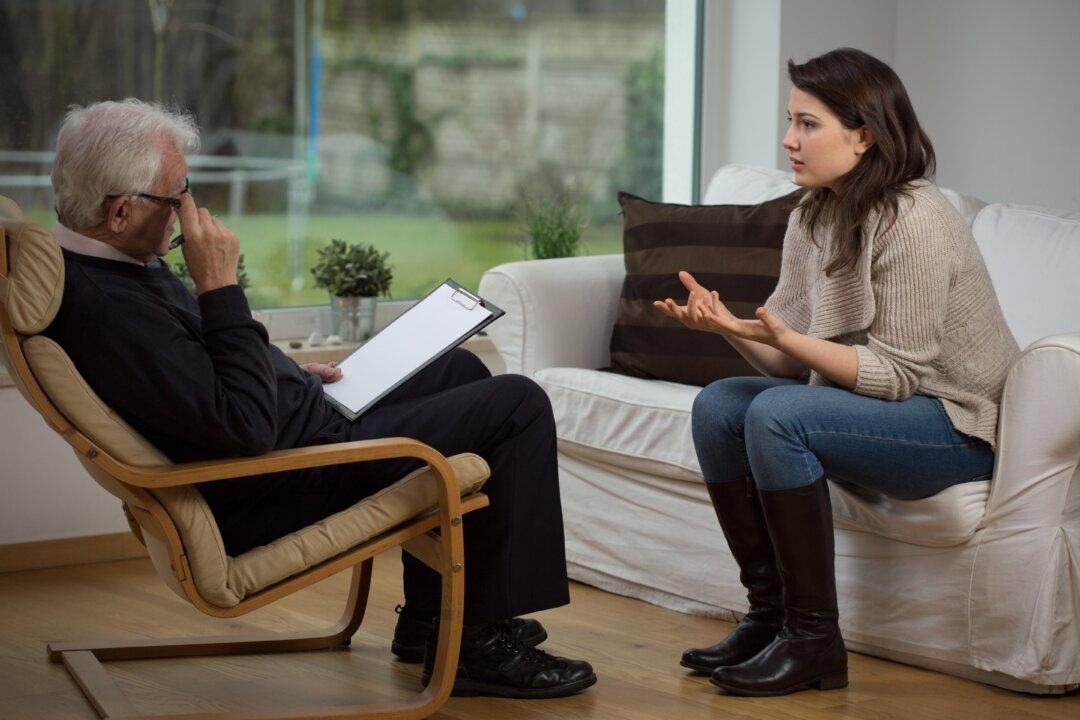For nine weeks, Salvador and I had been working together on reducing anxiety when he came into my office and announced that this was our last session. He had decided that he couldn’t finish his classes this semester and was going to move back to his hometown to live with his aunt. Besides, he told me, half of his teachers can’t stand him and will probably fail him anyway.
Problems eventually arise for all of us. If you pay attention carefully, you will notice that you solve minor problems routinely all day long. “The subway line is closed today, I need to find a different way to work.” “I have a meeting at 4:30, who can pick up my cat from the vet?” “Martha called in sick, who is going to contact her clients?” We solve these simple problems without much thought. But some problems have more complicating factors and require an active and thorough process to be handled effectively.






